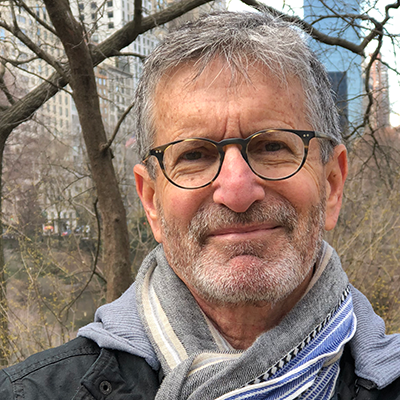
Don’t know what ageism is? Ask a millennial to describe “old age.” You will hear words like retired, sickly, frail, feeble, dependent. These are ageist stereotypes of older adults. And these stereotypes manifest themselves in various forms of discrimination that adversely impact individuals, society and the economy. This is ageism.
Ageism is about a perception and reality; and both aspects need to be corrected. Creating a new reality is of course the desired endgame — providing everyone with the healthiest, most productive aging experience possible. Changing the perception of older adults is at once an important means to achieving this end as well as a beneficial consequence.
There is demonstrative support for how perception matters. A seminal research study by a Yale University epidemiologist showed that people who have a positive attitude about aging live on average 7.5 years longer — a bigger increase than those associated with exercising or not smoking.
From big-picture attitudes and ideas, come progressive policies and programs, which ultimately create a new reality. Advancing such commitments begins by providing context to the challenges and opportunities. The four corners of this optimistic, expansive landscape include:
- LIVE LONGER AND HEALTHIER. The fundamental goal for our increasing longevity (“dividend” or bonus years) is to live longer and healthier. The medical term for achieving this is “compression of morbidity,” which describes condensing the period of infirmity and disability in advanced old age. To live longer and die faster extends massive economic advantages, as well. Most notably, public and private expenditures for care — memory, chronic, long-term and in-home — will be reduced substantially.
- REPURPOSE RATHER THAN RETIRE. Older age is a time to find new purpose; to apply acquired experience, time and other resources to new opportunities — to empower personal interests, society and/or the economy. Employers need to explore flexible schedules, job sharing, mentorships and other intergenerational workforce innovations.
- NURTURE INTERGENERATIONAL EXPERIENCES. Take advantage of the natural inclination of generations to share with and support one another. Promote more mixed-age communities, education programs, workplaces, and opportunities for people of all ages to live, learn, laugh and share experiences together.
- PLACE “AGING” IN THE PROPER CONTEXT. Everyone is aging; some of us simply have more experience than others. Advocates and policymakers must represent older adults as “us not them.” And to use a screenwriting term — “show don’t tell” — Hollywood can be a positive influence by representing older adults with authentic (non-stereotypic) portrayals and storylines.
Still don’t know what ageism is? Paradoxically — for better and worse — you will most likely learn with age, first-hand.







Stuart, at one time you spoke of this as an outsider looking in.
No Ed, he has been aging all along…no one is an outsider
I am experiencing old age. I kind of enjoy it.
All so good, true and well said.
Stu- some how I missed this succinct and well written content. I have to find that Yale study and I think that message needs amplification.